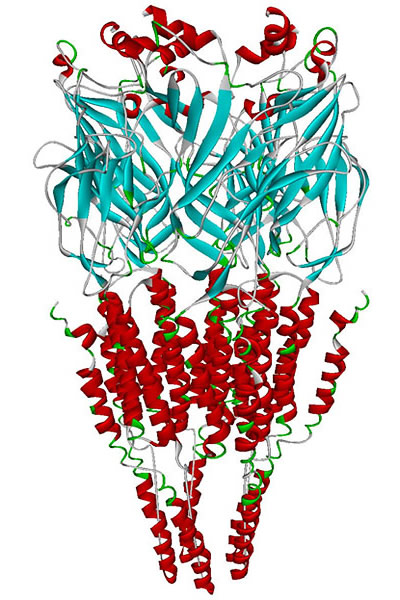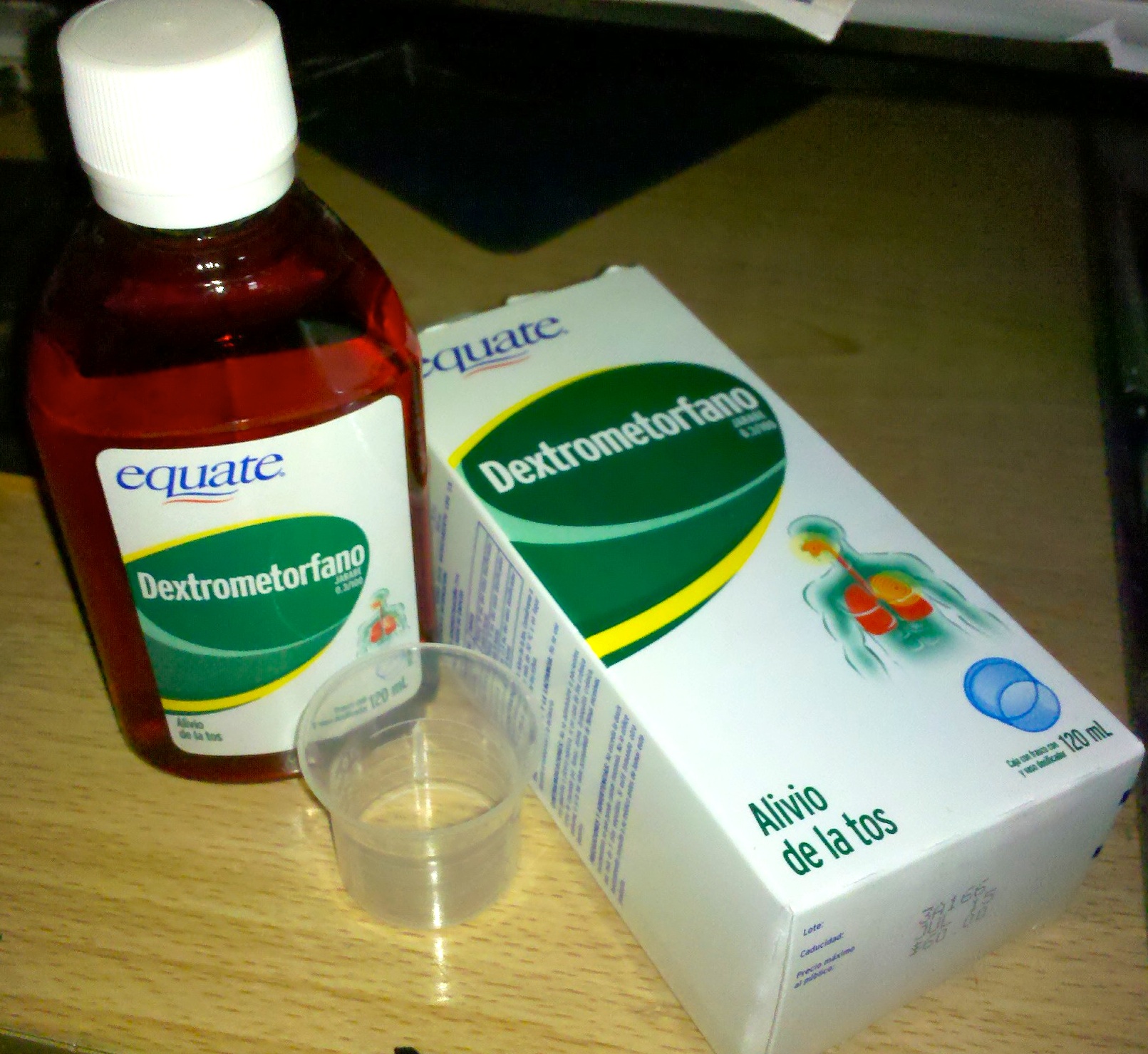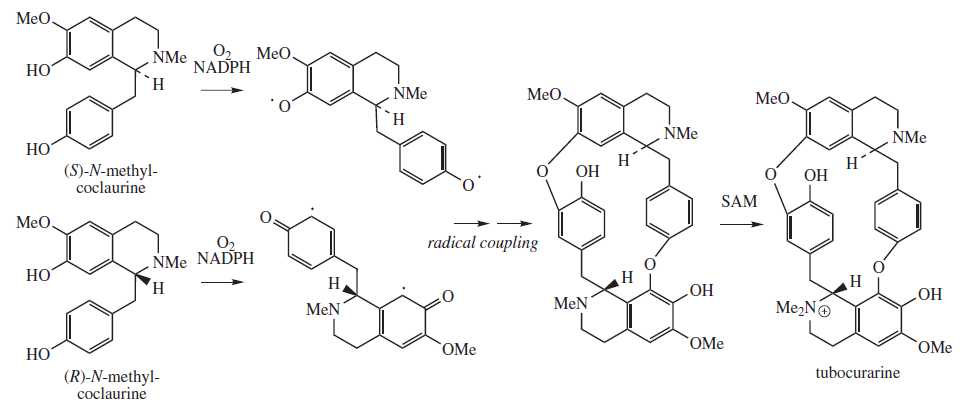|
Nicotinic Antagonists
A nicotinic antagonist is a type of anticholinergic drug that inhibits the action of acetylcholine (ACh) at nicotinic acetylcholine receptors. These compounds are mainly used for peripheral muscle paralysis in surgery, the classical agent of this type being tubocurarine,P. Taylor (1990). In ''Goodman and Gilman's The Pharmacological Basis of Therapeutics, 8th Ed.'', (A. G. Gilman et al., Eds.), pp. 166-186, New York: Pergamon Press. but some centrally acting compounds such as bupropion, mecamylamine, and 18-methoxycoronaridine block nicotinic acetylcholine receptors in the brain and have been proposed for treating nicotine addiction. *Note: Succinylcholine is a nicotinic agonist. See neuromuscular blocking agents page for details on the mechanism of action. See also * Nicotinic acetylcholine receptor * Nicotinic agonist * Muscarinic acetylcholine receptor Muscarinic acetylcholine receptors, or mAChRs, are acetylcholine receptors that form G protein-coupled rece ... [...More Info...] [...Related Items...] OR: [Wikipedia] [Google] [Baidu] |
|
|
Anticholinergic
Anticholinergics (anticholinergic agents) are substances that block the action of the neurotransmitter called acetylcholine (ACh) at synapses in the central and peripheral nervous system. These agents inhibit the parasympathetic nervous system by selectively blocking the binding of ACh to its receptor in nerve cells. The nerve fibers of the parasympathetic system are responsible for the involuntary movement of smooth muscles present in the gastrointestinal tract, urinary tract, lungs, sweat glands, and many other parts of the body. In broad terms, anticholinergics are divided into two categories in accordance with their specific targets in the central and peripheral nervous system and at the neuromuscular junction: antimuscarinic agents, and antinicotinic agents (ganglionic blockers, neuromuscular blockers). The term "anticholinergic" is typically used to refer to antimuscarinics which competitively inhibit the binding of ACh to muscarinic acetylcholine receptors; such ... [...More Info...] [...Related Items...] OR: [Wikipedia] [Google] [Baidu] |
|
 |
Muscle Relaxant
A muscle relaxant is a drug that affects skeletal muscle function and decreases the muscle tone. It may be used to alleviate symptoms such as muscle spasms, pain, and hyperreflexia. The term "muscle relaxant" is used to refer to two major therapeutic groups: neuromuscular blockers and spasmolytics. Neuromuscular blockers act by interfering with transmission at the neuromuscular end plate and have no central nervous system (CNS) activity. They are often used during surgical procedures and in intensive care and emergency medicine to cause temporary paralysis. Spasmolytics, also known as "centrally acting" muscle relaxant, are used to alleviate musculoskeletal pain and spasms and to reduce spasticity in a variety of neurological conditions. While both neuromuscular blockers and spasmolytics are often grouped together as muscle relaxant, [...More Info...] [...Related Items...] OR: [Wikipedia] [Google] [Baidu] |
 |
Alpha-7 Nicotinic Receptor
The alpha-7 nicotinic receptor, also known as the α7 receptor, is a type of nicotinic acetylcholine receptor implicated in long-term memory, consisting entirely of α7 subunits.Pharmacology, (Rang, Dale, Ritter & Moore, , 5th ed., Churchill Livingstone 2003) p. 138. As with other nicotinic acetylcholine receptors, functional α7 receptors are pentameric .e., (α7)5 stoichiometry">stoichiometry.html" ;"title=".e., (α7)5 stoichiometry">.e., (α7)5 stoichiometry It is located in the brain, spleen, and lymphocytes of lymph nodes where activation yields Excitatory postsynaptic potential, post- and excitatory presynaptic potential, presynaptic excitation, mainly by increased Ca2+ permeability. Further, recent work has implicated this receptor as being important for generation of adult mammal neurons in the retina. Functional α7 receptors are present in the submucous plexus neurons of the guinea-pig ileum. Medical relevance Recent work has demonstrated a potential role in redu ... [...More Info...] [...Related Items...] OR: [Wikipedia] [Google] [Baidu] |
|
Alpha-4 Beta-2 Nicotinic Receptor
The alpha-4 beta-2 nicotinic receptor, also known as the α4β2 receptor, is a type of nicotinic acetylcholine receptor implicated in learning, consisting of α4 and β2 subunits. It is located in the brain, where activation yields post- and presynaptic excitation, mainly by increased Na+ and K+ permeability. Stimulation of this receptor subtype is also associated with growth hormone Growth hormone (GH) or somatotropin, also known as human growth hormone (hGH or HGH) in its human form, is a peptide hormone that stimulates growth, cell reproduction, and cell regeneration in humans and other animals. It is thus important in ... secretion. People with the inactive CHRNA4 mutation Ser248Phe are an average of 10 cm (4 inches) shorter than average and predisposed to obesity. A 2015 review noted that stimulation of the α4β2 nicotinic receptor in the brain is responsible for certain improvements in attentional performance; among the nicotinic receptor subtypes, nicotine ... [...More Info...] [...Related Items...] OR: [Wikipedia] [Google] [Baidu] |
|
_with_tube_model.png) |
Alpha3beta4-nicotinic
The alpha-3 beta-4 nicotinic receptor, also known as the α3β4 receptor and the ganglion-type nicotinic receptor,Pharmacology, (Rang, Dale, Ritter & Moore, , 5th ed., Churchill Livingstone 2003) p. 138. is a type of nicotinic acetylcholine receptor, consisting of α3 and β4 subunits. It is located in the autonomic ganglia and adrenal medulla, where activation yields post- and/or presynaptic excitation, mainly by increased Na+ and K+ permeability. As with other nicotinic acetylcholine receptors, the α3β4 receptor is pentameric α3)m(β4)n where m + n = 5 The exact subunit stoichiometry is not known and it is possible that more than one functional α3β4 receptor assembles in vivo with varying subunit stoichiometries. Ligands which inhibit the α3β4 receptor have been shown to modulate drug-seeking behavior, making α3β4 a promising target for the development of novel antiaddictive agents. Ligands Agonists * Acetylcholine (endogenous neurotransmitter that binds non- ... [...More Info...] [...Related Items...] OR: [Wikipedia] [Google] [Baidu] |
 |
Dextromethorphan
Dextromethorphan (DXM) is a medication most often used as a cough suppressant in over-the-counter cold and cough medicines. It is sold in syrup, tablet, spray, and lozenge forms. In 2022, the FDA approved a formulation of it combined with bupropion named Auvelity to serve as a rapid acting antidepressant in patients with major depressive disorder. It is in the morphinan class of medications with sedative, dissociative, and stimulant properties (at lower doses). Dextromethorphan does not have a significant affinity for the mu-opioid receptor activity typical of morphinan compounds and exerts its therapeutic effects through several other receptors. In its pure form, dextromethorphan occurs as a white powder. Dextromethorphan is also used recreationally. When exceeding approved dosages, dextromethorphan acts as a dissociative hallucinogen. It has multiple mechanisms of action, including actions as a nonselective serotonin reuptake inhibitor and a sigma-1 receptor agonis ... [...More Info...] [...Related Items...] OR: [Wikipedia] [Google] [Baidu] |
_with_tube_model.png) |
Alpha3beta4-nicotinic
The alpha-3 beta-4 nicotinic receptor, also known as the α3β4 receptor and the ganglion-type nicotinic receptor,Pharmacology, (Rang, Dale, Ritter & Moore, , 5th ed., Churchill Livingstone 2003) p. 138. is a type of nicotinic acetylcholine receptor, consisting of α3 and β4 subunits. It is located in the autonomic ganglia and adrenal medulla, where activation yields post- and/or presynaptic excitation, mainly by increased Na+ and K+ permeability. As with other nicotinic acetylcholine receptors, the α3β4 receptor is pentameric α3)m(β4)n where m + n = 5 The exact subunit stoichiometry is not known and it is possible that more than one functional α3β4 receptor assembles in vivo with varying subunit stoichiometries. Ligands which inhibit the α3β4 receptor have been shown to modulate drug-seeking behavior, making α3β4 a promising target for the development of novel antiaddictive agents. Ligands Agonists * Acetylcholine (endogenous neurotransmitter that binds non- ... [...More Info...] [...Related Items...] OR: [Wikipedia] [Google] [Baidu] |
 |
18-Methoxycoronaridine
18-Methoxycoronaridine (18-MC, or MM-110) is a derivative of ibogaine invented in 1996 by the research team around the pharmacologist Stanley D. Glick from the Albany Medical College and the chemists Upul K. Bandarage and Martin E. Kuehne from the University of Vermont. In animal studies it has proved to be effective at reducing self-administration of morphine, cocaine, methamphetamine, nicotine and sucrose. It has also been shown to produce anorectic effects in obese rats, most likely due to the same actions on the reward system which underlie its anti-addictive effects against drug addiction. 18-MC was in the early stages of human testing by the California-based drug development company Savant HWP before being acquired by MindMed, a Canadian pharmaceutical company newly listed on the NASDAQ in April 2021. [...More Info...] [...Related Items...] OR: [Wikipedia] [Google] [Baidu] |
 |
Suxamethonium Chloride
Suxamethonium chloride, also known as suxamethonium or succinylcholine, or simply sux by medical abbreviation, is a medication used to cause short-term paralysis as part of general anesthesia. This is done to help with tracheal intubation or electroconvulsive therapy. It is administered by injection, either into a vein or into a muscle. When used in a vein, onset of action is generally within one minute and effects last for up to 10 minutes. Common side effects include low blood pressure, increased saliva production, muscle pain, and rash. Serious side effects include malignant hyperthermia and allergic reactions. It is not recommended in people who are at risk of high blood potassium or a history of myopathy. Use during pregnancy appears to be safe for the baby. Suxamethonium is in the neuromuscular blocker family of medications and is of the depolarizing type. It works by blocking the action of acetylcholine on skeletal muscles. Side effects of succinylcholine chloride i ... [...More Info...] [...Related Items...] OR: [Wikipedia] [Google] [Baidu] |
|
Vecuronium
Vecuronium bromide, sold under the brand name Norcuron among others, is a medication used as part of general anesthesia to provide skeletal muscle relaxation during surgery or mechanical ventilation. It is also used to help with endotracheal intubation; however, agents such as suxamethonium (succinylcholine) or rocuronium are generally preferred if this needs to be done quickly. It is given by injection into a vein. Effects are greatest at about 4 minutes and last for up to an hour. Side effects may include low blood pressure and prolonged paralysis. Allergic reactions are rare. It is unclear if use in pregnancy is safe for the baby. Vecuronium is in the aminosteroid neuromuscular-blocker family of medications and is of the non-depolarizing type. It works by competitively blocking the action of acetylcholine on skeletal muscles. The effects may be reversed with sugammadex or a combination of neostigmine and glycopyrrolate. To minimize residual blockade, reversa ... [...More Info...] [...Related Items...] OR: [Wikipedia] [Google] [Baidu] |
|
 |
Tubocurarine
Tubocurarine (also known as ''d''-tubocurarine or DTC) is a toxic alkaloid historically known for its use as an arrow poison. In the mid-1900s, it was used in conjunction with an anesthetic to provide skeletal muscle relaxation during surgery or mechanical ventilation. It is now rarely used as an adjunct for clinical anesthesia because safer alternatives, such as cisatracurium and rocuronium, are available. History Tubocurarine is a naturally occurring mono-quaternary alkaloid obtained from the bark of the Menispermaceous South American plant '' Chondrodendron tomentosum'', a climbing vine known to the European world since the Spanish conquest of South America. Curare had been used as a source of arrow poison by South American natives to hunt animals, and they were able to eat the animals' contaminated flesh subsequently without any adverse effects because tubocurarine cannot easily cross mucous membranes. Thus, tubocurarine is effective only if given parenterally, as demonst ... [...More Info...] [...Related Items...] OR: [Wikipedia] [Google] [Baidu] |
|
Pancuronium
Pancuronium (trademarked as Pavulon) is an aminosteroid muscle relaxant with various medical uses. It is used in euthanasia and is used in some states as the second of three drugs administered during lethal injections in the United States. Mechanism of action Pancuronium is a typical non-depolarizing curare-mimetic muscle relaxant. It competitively inhibits the nicotinic acetylcholine receptor at the neuromuscular junction by blocking the binding of acetylcholine. It has slight vagolytic activity, causing an increase in heart rate, but no ganglioplegic (i.e., blocking ganglions) activity. It is a very potent muscle relaxant drug, with an ED95 (i.e., the dose that causes 95% depression of muscle twitch response) of only 60 µg/kg body weight. Onset of action is relatively slow compared to other similar drugs, in part due to its low dose: an intubating dose takes 3–6 minutes for full effect. Clinical effects (muscle activity lower than 25% of physiological) last ... [...More Info...] [...Related Items...] OR: [Wikipedia] [Google] [Baidu] |